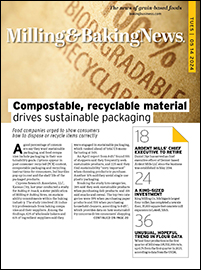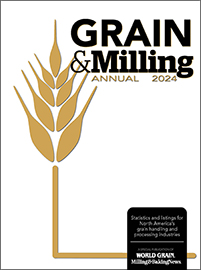04
Oct
2024
| Sign up for our free newsletters From breaking news to R&D insights, we’ll send you the top stories affecting the industry. |
Subscribe |
Oct
2024





Bimbo Bakeries USA, Post Holdings and more announce seasonal offerings.

Five manufacturers and suppliers were issued patents.